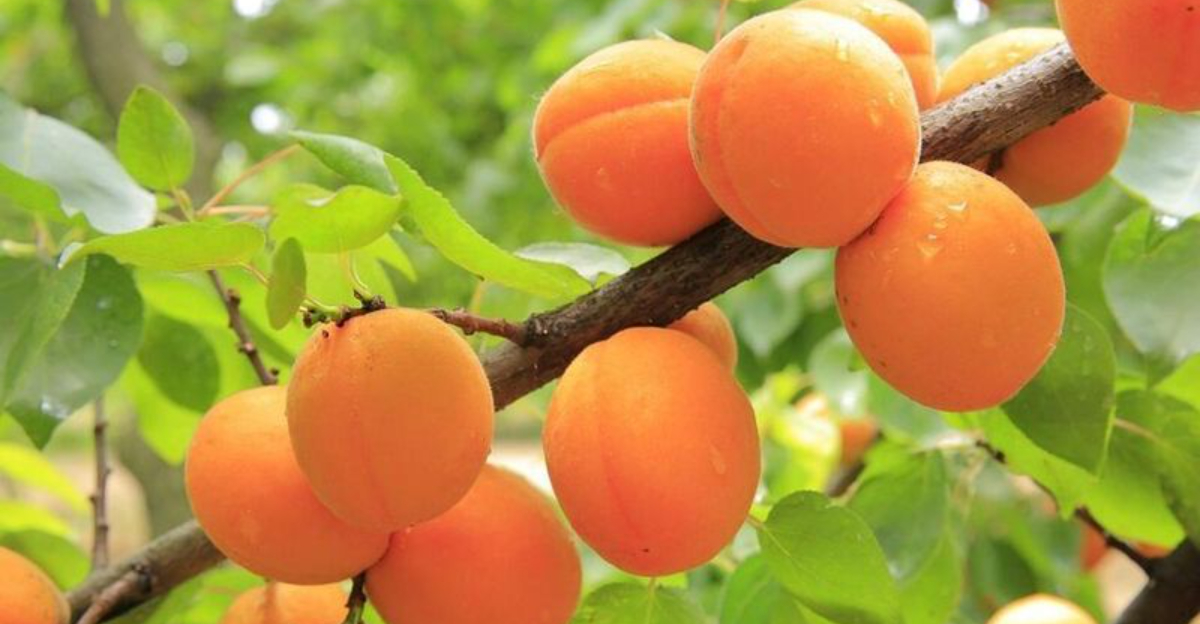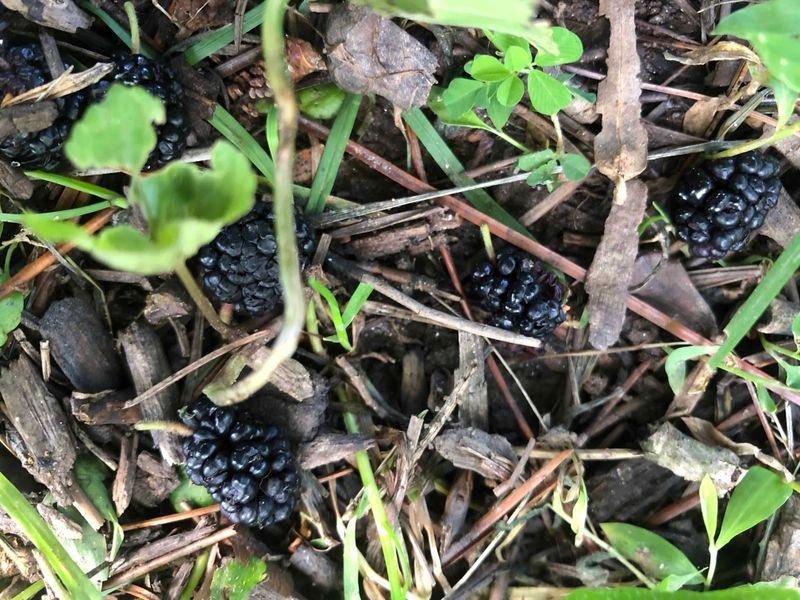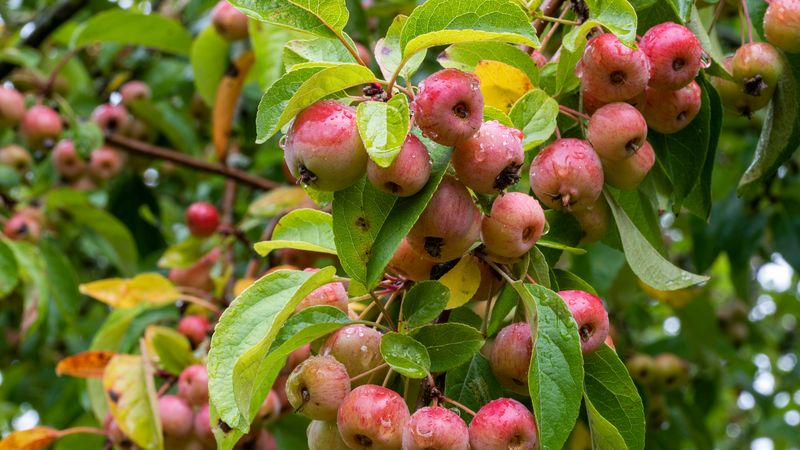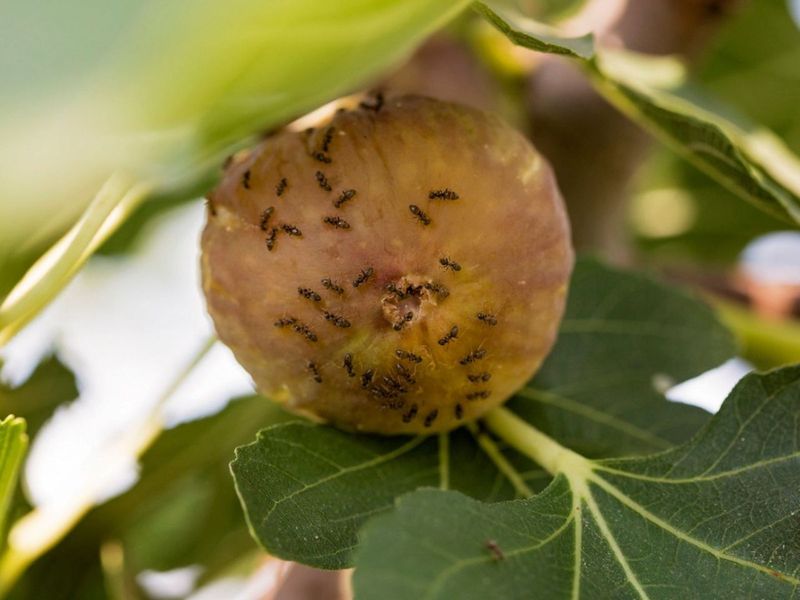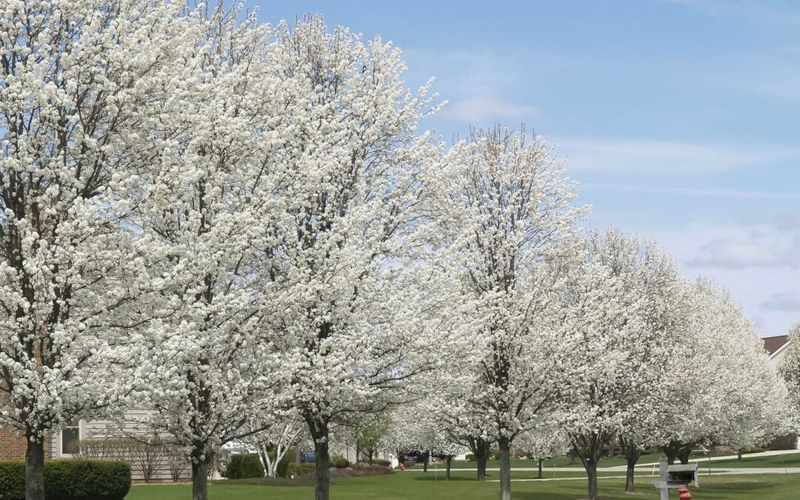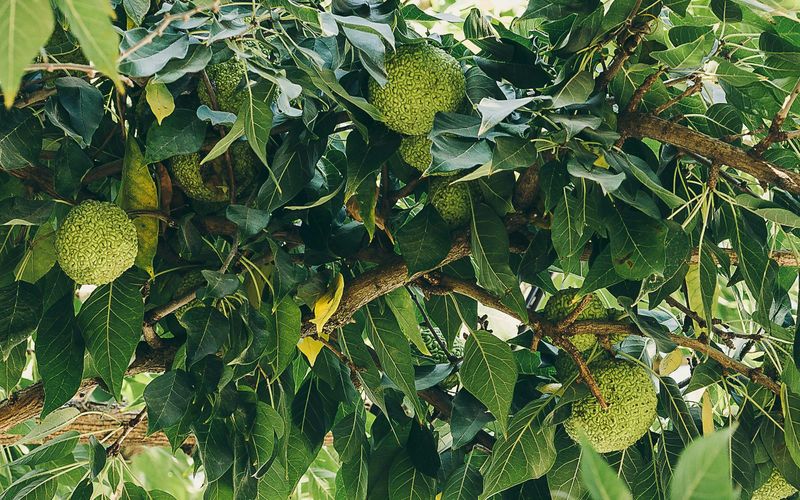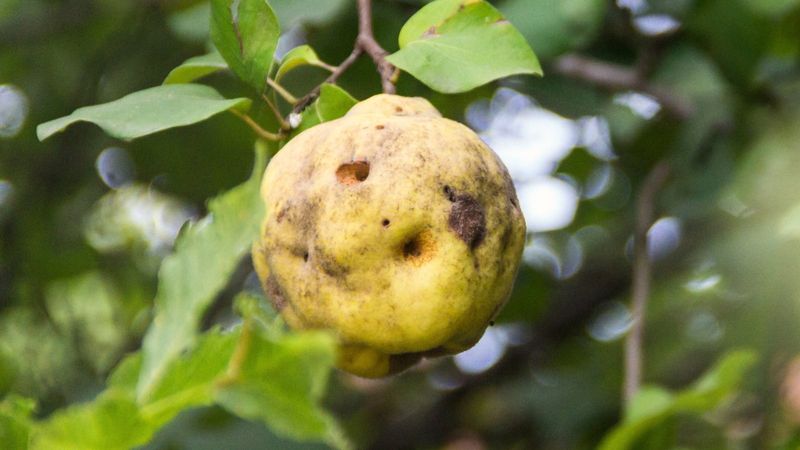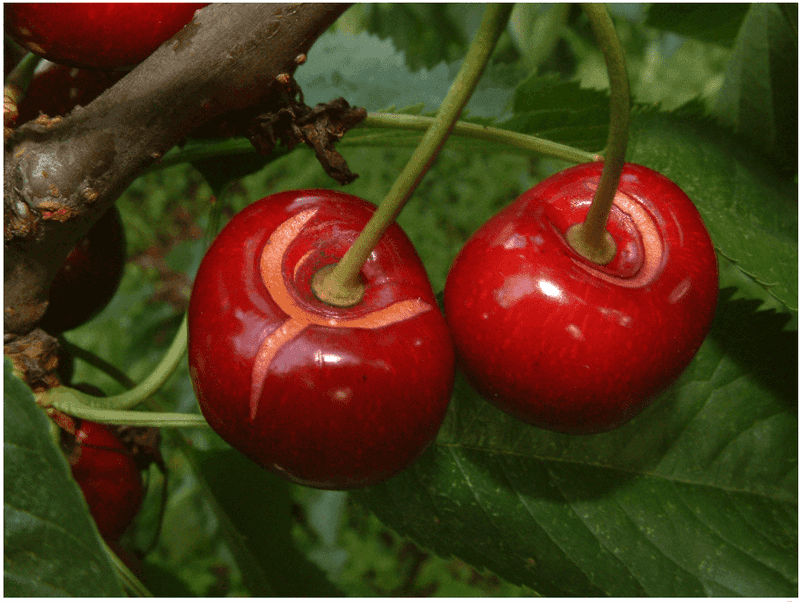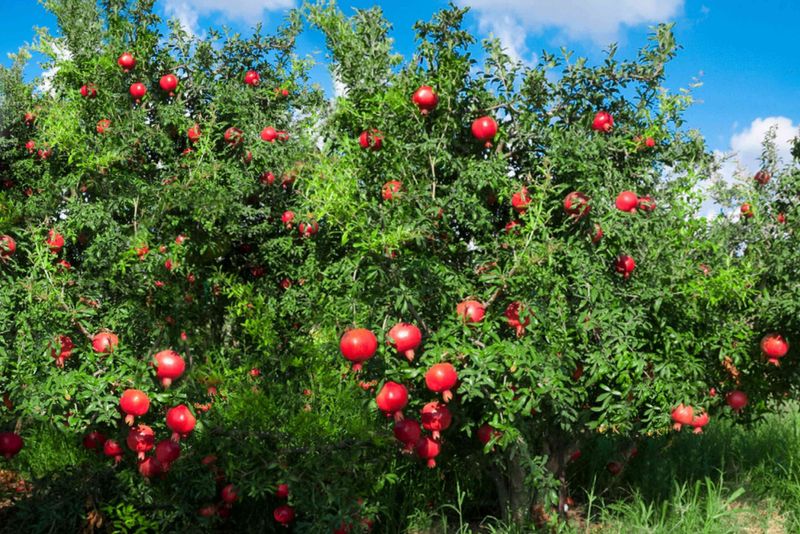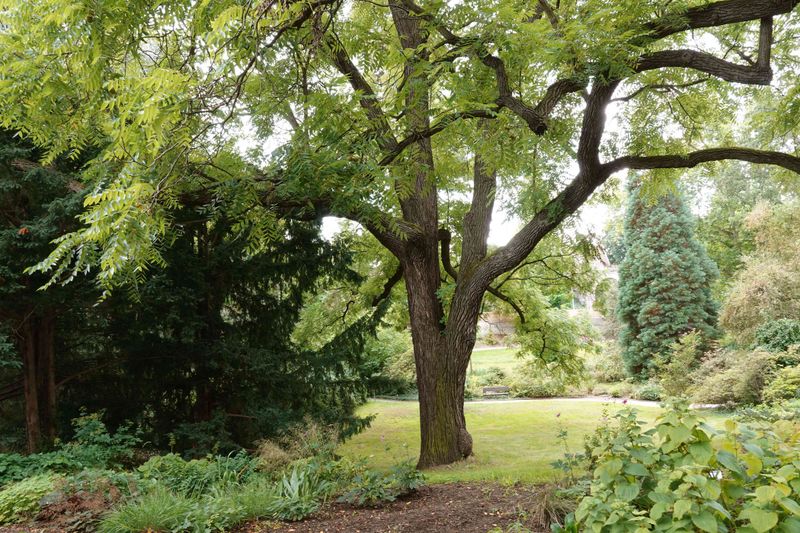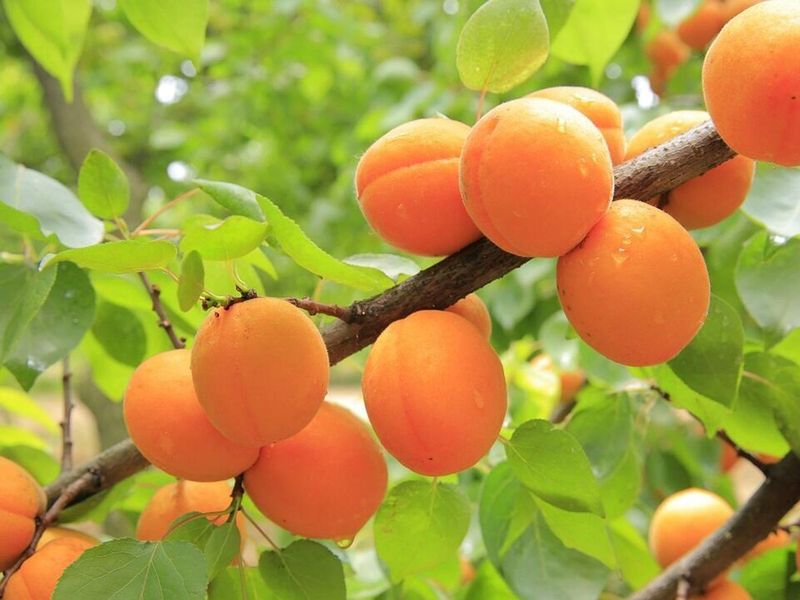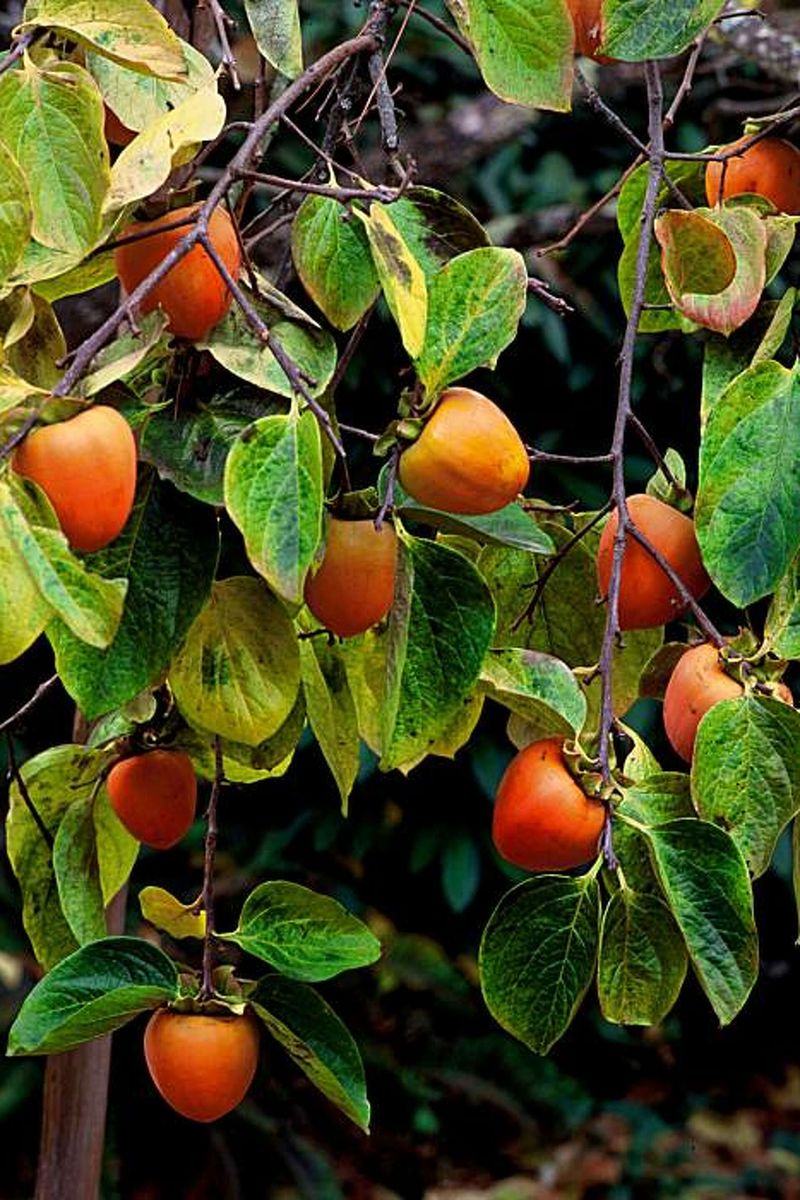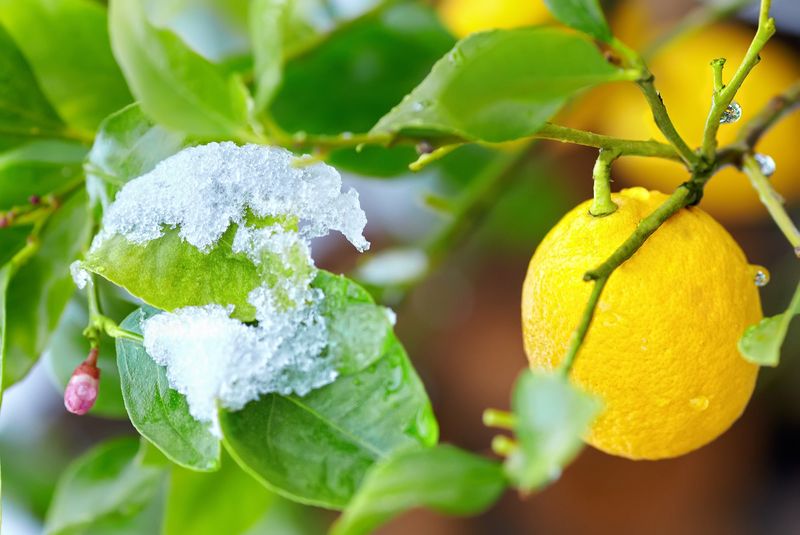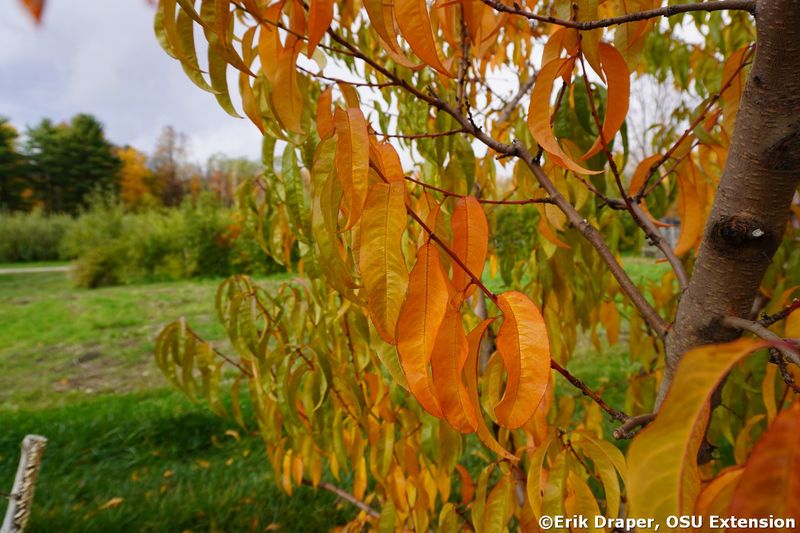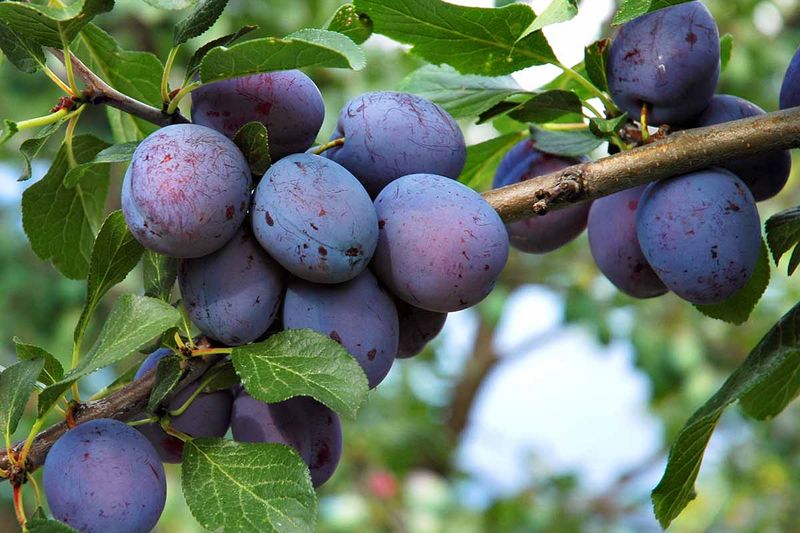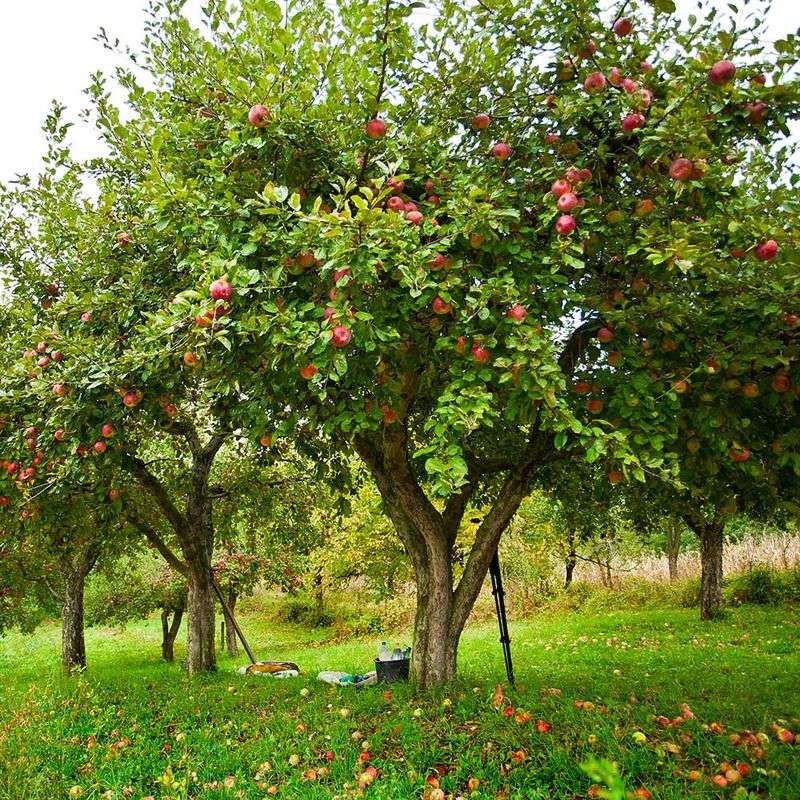Planting fruit trees can be a rewarding endeavor, but some types come with challenges that may outweigh their benefits.
Before you plant, consider these 15 fruit trees that might cause unexpected headaches in your garden.
1. Mulberry Tree
The mulberry tree is notorious for dropping messy fruit that stains anything it touches. This can be a nightmare if you have a pristine yard or patio. Additionally, the tree attracts birds, who come to feast on the sweet berries, often leaving behind droppings. Allergies can also be triggered by the pollen released, making it a less desirable choice for those with sensitivities.
While the fruit is edible, the maintenance involved can be daunting and time-consuming. You’re better off enjoying these fruits from a market rather than dealing with the backyard chaos they can create.
2. Crabapple (Fruit-Bearing Types)
Crabapple trees, particularly fruit-bearing types, are notorious for creating a slippery mess when the small apples drop. This can be a safety concern, especially if the tree is near walkways or driveways.
While the blossoms are beautiful, the maintenance and cleanup can detract from their appeal. Homeowners often find themselves spending more time sweeping up the fallen fruit than enjoying the scenery.
3. Fig Tree (Certain Varieties)
Fig trees can be a delight to grow, but certain varieties spread aggressively, taking over more space than intended. This can be problematic in smaller gardens. The sticky fruit, while delicious, tends to drop and attract pests like ants and wasps.
Managing a fig tree requires vigilance to keep pests at bay and maintain its size and shape. If you’re up for the challenge, they can be rewarding, but they do require a commitment of time and effort.
4. Bradford Pear
The Bradford Pear is often planted for its aesthetic appeal, but its weak wood structure is a significant downside. Branches tend to break easily in storms, creating a safety hazard. The flowers, although pretty, emit a foul odor that can be off-putting in spring.
Additionally, Bradford Pears are known for their invasive tendencies, often spreading beyond their intended planting area. This can lead to issues with local ecosystems, making them a poor choice for environmentally conscious gardeners.
5. Osage Orange
Although not a true fruit tree, the Osage Orange produces large, inedible fruit that can be a nuisance. The fruit is heavy and can cause damage if it falls on cars or roofs.
Additionally, the tree’s thorns can pose a risk of injury if planted in high-traffic areas. The maintenance involved in clearing the fallen fruit and managing the tree’s growth can outweigh any decorative benefits it might offer.
6. Quince Tree
Quince trees are beautiful but come with challenges that make them high maintenance. They are susceptible to various pests and diseases, which require regular attention and treatment.
The fruit, while aromatic, can be difficult to manage without proper care. If you’re willing to invest the time in spraying and pruning, a quince tree can be a wonderful addition, but be prepared for the work it entails.
7. Cherry Tree (Sweet Varieties)
Sweet cherry trees are a popular choice for their delicious fruit, but they bring challenges. The fruit is prone to splitting, especially after rain, which can attract birds and insects. This can lead to a disappointing harvest if not managed properly.
Bird nets and timely harvests can help, but these require planning and effort. Consider these factors if you’re dreaming of a cherry orchard to ensure you get the most out of your trees.
8. Pomegranate (in Cold Climates)
Pomegranate trees are stunning but can struggle in cold climates. They often die back to the roots in freezing temperatures, leading to inconsistent fruit production. Protecting them from frost requires extra care, such as moving them indoors or using frost cloths.
This additional work might not be suitable for all gardeners, especially those looking for a low-maintenance option. In warmer climates, they flourish beautifully, but consider your local conditions before planting.
9. Black Walnut
Black Walnut trees are majestic but can be troublesome due to the chemical juglone they release. This substance is toxic to many plants, which may wilt or die if planted too close. The nuts themselves are large and messy, requiring frequent cleanup.
While valuable for timber and nuts, the tree’s effect on surrounding plants is a major consideration. Choose your planting spot carefully, or you may find your garden struggling to thrive alongside this imposing tree.
10. Apricot Tree
Apricot trees are tempting due to their sweet fruit, but they are early bloomers. Late frosts can damage the blossoms, reducing the yield significantly. This makes them a risky choice in areas with unpredictable spring weather.
If you’re determined to grow apricots, consider protective measures during frosty periods. With the right care, they can be rewarding, but they demand attention to weather conditions for a successful harvest.
11. Persimmon Tree
Persimmon trees are lovely, but their fruit can quickly become a mess when overripe. Dropping fruit creates a sticky situation in your garden, attracting pests and requiring constant cleanup.
While the fruit is delicious, managing the timing of harvest and cleanup is crucial to avoid issues. Consider your willingness to deal with these challenges before planting a persimmon tree in your garden.
12. Lemon Tree (in Frost-Prone Areas)
Lemon trees bring a slice of the Mediterranean to your garden, but they’re not cold hardy. In frost-prone areas, they require additional care, such as frost cloths or moving them indoors during winter.
This added effort can be worthwhile for the fresh lemons, but it may not be suitable for everyone. If you’re considering a lemon tree, weigh the need for protection against your climate’s challenges.
13. Peach Tree
Peach trees are beloved for their juicy fruit, but they are susceptible to pests and diseases, particularly peach leaf curl. Regular spraying and maintenance are necessary to ensure a healthy tree and abundant harvest.
If you’re up for the challenge, the rewards can be delicious, but be prepared for the commitment required. Consider your time and resources before planting a peach tree to avoid any surprises.
14. Plum Tree
Plum trees can be delightful, but they drop fruit quickly, which can create a cleanup issue on the ground. This fallen fruit often attracts insects, turning a beautiful tree into a source of garden headaches.
If you love plums, consider strategies for managing fallen fruit, such as regular harvesting or netting. With some planning, you can enjoy the bounty without the mess.
15. Apple Tree (Standard Size)
Standard-sized apple trees require a lot of work, from heavy pruning to regular spraying to protect against pests and diseases. Their size makes them more susceptible to infestations, and they often attract worms and birds.
If you’re willing to invest the time and effort, they can be rewarding. However, consider dwarf or semi-dwarf varieties for easier management if you’re short on time or space.
